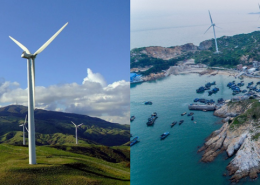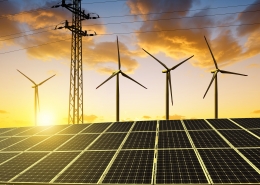Hydropower Development and Economic Growth in Nepal
Place: Nepal • Dates: 2013 • Partner: ADB
Project Summary
Nepal has the distinction of being the world’s leading country in terms of hydroelectric potential, per square kilometer, per person, and per dollar of GDP. Despite this remarkable endowment, the country also has one of the world’s lowest rates of electrification and highest rates of energy poverty. Over three-quarters of this low income country’s energy needs are still being met by biomass, straining human and natural resources on an unsustainable path of greenhouse gas intensive consumption and subsistence production. Meanwhile the country endures chronic power reliability problems; while the high risk-adjusted cost of electricity has forced many to rely on fossil fuels, and emission-intensive alternative that is almost all imported.
On the supply side, Nepal’s electric power sector appears to be trapped in a classic low- level investment equilibrium, the only exit from which would be a combination of public and external agency. Public intervention is needed to overcome infrastructure and other large scale investment commitment gaps. At the same time, low domestic saving must be complemented by external investment flows to finance the large fixed costs associated with hydroelectric projects, while external demand must be exploited to earn foreign exchange and realized energy economies of scale.
In this report, we evaluate the macroeconomic implications of a substantial hydroelectric build-out in the country, including generation and transmission resources that could serve external markets. Using a state-of-the-art dynamic forecasting model, we examine the consequences of Nepal realizing merely 20% of its theoretical (40% of its technically feasible) hydro potential. The results suggest that the electric power sector, at the moment a major economic impediment, could instead become a potent catalyst for growth, nearly doubling real GDP above baseline values by 2030.
To assess the robustness of our findings against uncertainties about the actual scale of hydro build-out, as well as other risks like higher conventional energy prices, we presented a new stochastic scenario analysis. This approach affirms our basic results, and also offers a new technique for policy risk assessment. Particularly in the case of large scale, long-term investment policies and projects, it would be advisable to apply methods like this to improve our understanding of policy resilience and vulnerability.
Most Recent Entries

California and China: Leadership for a Low Carbon Future

Roadmap on the Prospects for GMS National Scaling and GMS Regional Coordination of Agrifood Traceability Schemes








